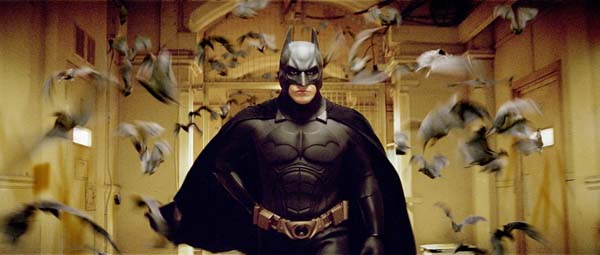Fire has been the single most useful tool in the history of mankind – something that truly separates us from other animals. Yet, when stranded in the wild, most people are incapable of making fire as the comfort of technology has robbed us of the skill.
Obviously the easiest method is a lighter or matches.
The next easiest method is striking a flint with a knife, piece of steel or another flint. However, flints are not easy to recognise in nature unless you have experience. The following methods use minimum equipments that can often be found in the wild.
Note that you must have dry tinder to catch the spark and kindling to start the fire. Tinder is any easily combustible material that is light and fluffy, so that it quickly burns up after catching the spark.
There are two main methods: sunlight and friction.
Sunlight can be focused to create a spot of intense heat. This is a phenomenon even children use to burn things (such as insects). Instead of a magnifying glass, you can disassemble a camera to take the lens out, or use a plastic bag filled with water to make a crude convex lens.
The other method involves rubbing two pieces of wood rapidly. There are many ways to do this, with some methods being easier and faster.
The most crude method is the hand drill, often the first thing people associate to firemaking. This is when you simply rub a wooden stick in a notch in a fire board (larger piece of wood). Do this by spinning the shaft between your two palms in a fast motion. The tinder is put where it is being rubbed so that it starts burning when enough heat builds.
This is actually surprisingly tiring and hard to make fire with, so an improved method called the bow drill is used more often. This uses the same methods, but instead of your hands, you make a bow and wrap the bowstring around the shaft. This lets you spin the shaft with long forward-and-backward motions, lessening the burden. Putting a piece of wood or rock on top of the stick also prevents hurting the supporting hand.

Lastly, the fire plough method can be used. Here a groove is cut into a fire board, and a long stick is rubbed along it in a ploughing motion. The hot charcoal made is transferred to the tinder.
Once the tinder is smouldering, blow into it or swing the tinder to aerate it, fuelling the fire. This will cause the tinder to light up, which can be put in the kindling to start a fire. Slowly feed the fire with firewood (too much and you will smother it) while giving it plenty of air.
Now, you have warmth, light and hot food.










